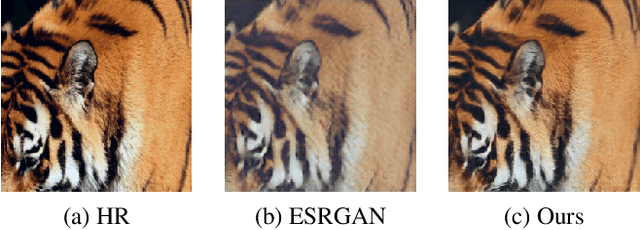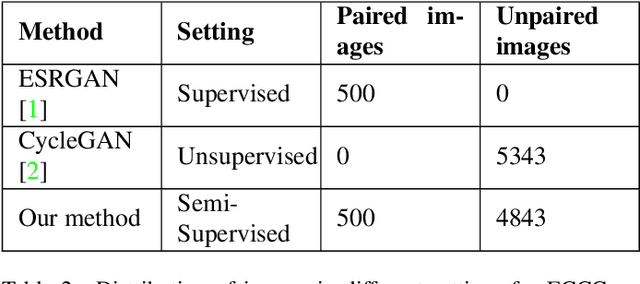Semi-Supervised Super-Resolution
Paper and Code
Apr 19, 2022



Super-Resolution is the technique to improve the quality of a low-resolution photo by boosting its plausible resolution. The computer vision community has extensively explored the area of Super-Resolution. However, previous Super-Resolution methods require vast amounts of data for training which becomes problematic in domains where very few low-resolution, high-resolution pairs might be available. One such area is statistical downscaling, where super-resolution is increasingly being used to obtain high-resolution climate information from low-resolution data. Acquiring high-resolution climate data is extremely expensive and challenging. To reduce the cost of generating high-resolution climate information, Super-Resolution algorithms should be able to train with a limited number of low-resolution, high-resolution pairs. This paper tries to solve the aforementioned problem by introducing a semi-supervised way to perform super-resolution that can generate sharp, high-resolution images with as few as 500 paired examples. The proposed semi-supervised technique can be used as a plug-and-play module with any supervised GAN-based Super-Resolution method to enhance its performance. We quantitatively and qualitatively analyze the performance of the proposed model and compare it with completely supervised methods as well as other unsupervised techniques. Comprehensive evaluations show the superiority of our method over other methods on different metrics. We also offer the applicability of our approach in statistical downscaling to obtain high-resolution climate images.
 Add to Chrome
Add to Chrome Add to Firefox
Add to Firefox Add to Edge
Add to Edge